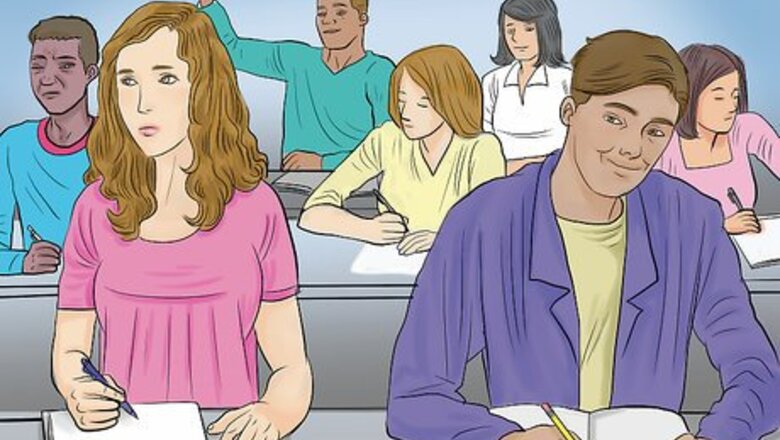
views
Reading Body Language that Indicates Interest

Make eye contact. Look at your student’s eyes. Are they dull and unfocused? Are they focused at a point on the floor, ceiling, or wall? If so, the student is likely not paying attention. However, if a student appears alert and keeps their eyes on you as you move around the room, you can be assured that they are paying attention.
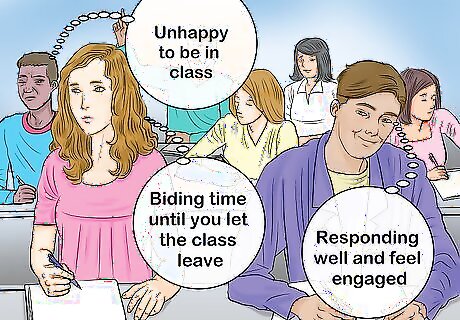
Look at their facial expressions. Your students’ facial expressions will reveal a variety of emotions and thoughts, from anger to interest to happiness. As you make eye contact with each student, pay attention to what their facial expressions are telling you. If a student’s mouth is turned down and their eyes are dull, they are likely unhappy to be in class just then. If a student appears alert and is smiling or half smiling, they are most likely responding well to the class discussion and feel engaged. If a student has an indifferent expression on their face, they may be bored and simply biding time until you let the class leave for the day.
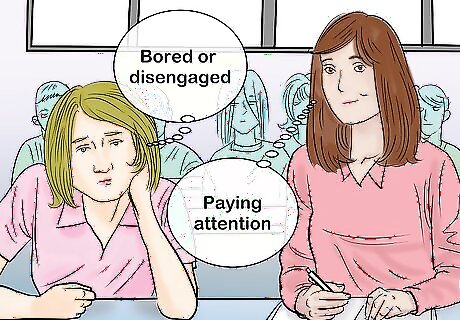
Evaluate their posture. Are they slouched over the desk? They may be trying not to fall asleep. A student who is paying attention will usually be sitting up, whereas a student who is bored or disengaged may very well be slouching. You can help perk up your student by moving around the classroom. They will have to sit up to keep their eyes on you, which should be enough movement to re-engage them.
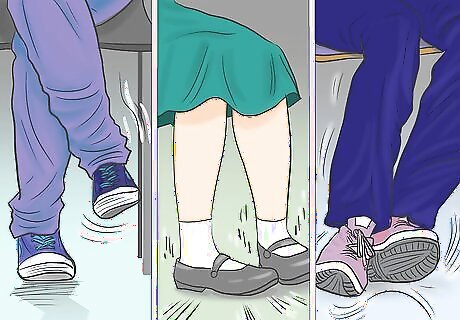
Look at the legs. If a student is tapping their foot against the floor or bouncing their legs up and down, they may be impatient with the lecture, conversation, or presentation. They may also have a physical or psychological reason for these movements. Leg position varies from student to student—some prefer to cross their legs, or to place them firmly on the floor.
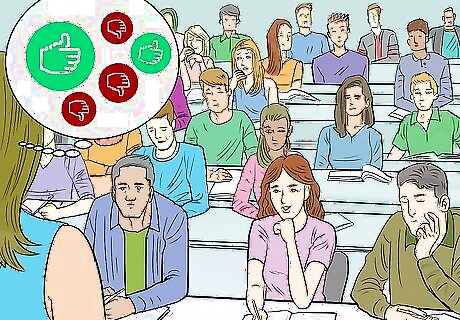
Look around. In addition to looking at students individually to assess and interpret their body language, try looking at the class in quadrants or even as a whole. You will likely find several students engaging in similar body language, which should give you an idea of the overall class atmosphere that day. If a majority of the class appears disengaged or bored, consider stopping your lecture and moving to a group project or open class discussion.
Be aware of cultural and disability-related differences. While these signs may indicate interest or lack thereof in many students, they are not set in stone. Some students, especially those that come from a different background, may express interest or disinterest in other ways. Be aware that some cultures have different standards and norms, and you should not expect a student to react in a way that makes them uncomfortable For example, in some Asian cultures, looking at a teacher in the eye may indicate that a student is challenging their authority. Autistic students, and those with ADHD, typically fidget and avoid eye contact when they are focusing. They may also stare into space if they're focusing on what they hear. None of this is cause for concern.
Reading Body Language that May Indicate Danger
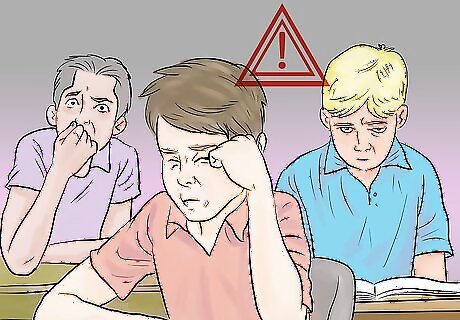
Assess a potential threat. Body language can reveal a student’s intention or thoughts of being aggressive or using force. Some of this body language is more subtle, requiring keen observation, whereas another body language is fairly overt and obvious, and clearly shows an intention to cause harm.

Find their hands. The angrier someone is, the more likely they are to touch their head or rest their hands on their head. It’s as if the brain is full of discomfort that must be touched. The student may rub their scalp or clench their fists and remove them from the head area. These are all non-verbal cues that the student is becoming increasingly angry and potentially violent. Also, if you see a student’s hands linger or hover near their waistband or inside their clothing, you should assume that they may have a weapon and take appropriate precautions.
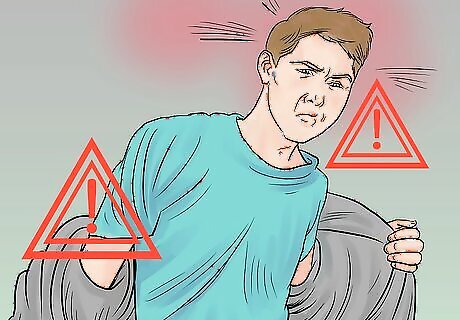
Watch for a student who is removing outerwear that impedes movement. If a student removes outer layers of clothing, like a jacket or sweater, it could indicate that they are too warm. However, if you are looking at the student’s body language and can tell they are angry or frustrated and also see them removing clothes, you are seeing a nonverbal expression of escalating frustration and potential aggression. Students are especially prone to removing clothes and jewelry just before physical fighting.
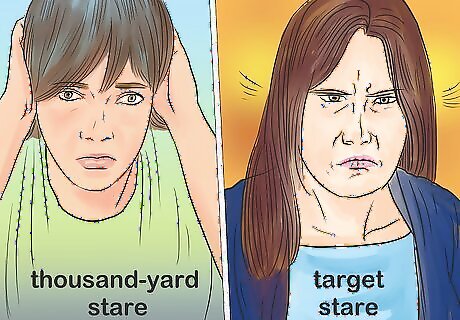
Look where they look. Two types of stares may reveal aggressive behavior or ideas: the thousand-yard stare and the target stare. Both of these indicate that the student is mentally elsewhere, and, when combined with other nonverbal cues, could indicate potential danger for you and your students. The thousand-yard stare is one in which the person is unfocused, not seeing anything directly in front of them. It’s as if they’re looking through everything and everyone. The target stare is one in which the student narrows their eyes and stares directly at you or another student, often in the chin area.
Reading Body Language that Expresses Emotions
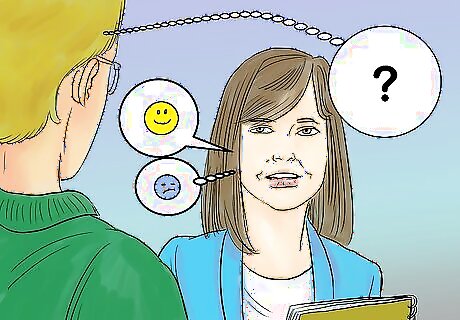
Spot the fake smile. A student may feel obligated to smile at you when you look in their direction; however, that smile may be obviously fake and conspicuously dishonest. A fake smile indicates that the student is not feeling well emotionally or physically, but that they do not want to share those feelings with you.

Pay attention to blinking. Almost everyone blinks their eyes. It’s an involuntary process that keeps the eye organs healthy and lubricated. If you notice a student blinking too much or hardly at all, they may be telling you that they are tired, bored, or distressed.
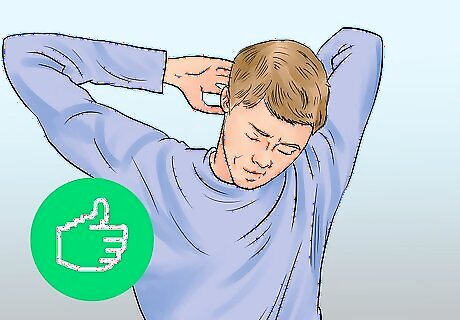
Encourage stretching. A student may yawn or stretch several times, and this indicates that they are bored, tired, or disinterested. Encourage stretching—even if a student has to stand up to do so—as this promotes blood circulation and increases oxygen levels to the brain, providing a natural burst of energy.
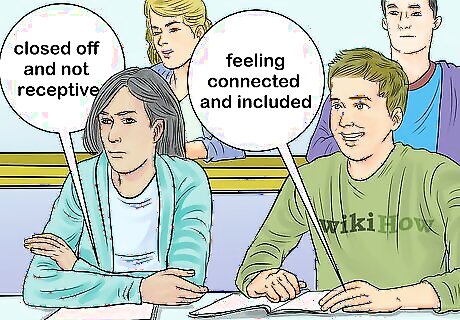
Watch the arms. Your students’ arms will tell you quite a bit about how the class is receiving your instruction, how they’re feeling about being in the class, and their individual moods. Look at each student’s arms, and then look at the class as a whole for any like behavior. Folded arms indicate the student is closed off and not receptive to the discussion. Open arms indicate interest, openness, and that student is feeling connected and included.
Speak to the principal and/or the student’s parents if you notice a pattern. You may notice that a particular student often looks bored or uncomfortable during class. Or, they may seem unable to focus and pay attention. If you notice a pattern, it can be helpful to alert the principal or other administrative figure at the school. You may also want to talk to the student’s parents about their behavior. For instance, you might say, “Mr. and Mrs. Leiding, I’ve noticed that Samantha is having a difficult time paying attention in class lately. Is there anything I should be aware of that’s going on at home that may be contributing to her lack of focus?” Remember to be respectful of the family’s privacy and note that they may feel uncomfortable sharing personal details with you.
Understanding Body Language of Younger Children
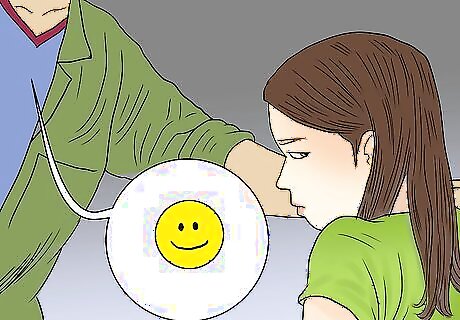
Notice a student who avoids eye contact. Eye contact doesn’t always indicate that someone is trying to hide something from you or that they’re being sneaky, especially in young children. If a child student avoids eye contact, it may indicate (as with some older children or adults) that they are shy. Avoiding eye contact may also indicate that the child did something that they feel badly about, such as knocking something over or wetting their pants. If your child student won’t make eye contact, stay positive and reassure them. You might say, “I know that you are feeling bad, and I want you to know that everything is okay. I care about you and want to talk about what’s bothering you.”
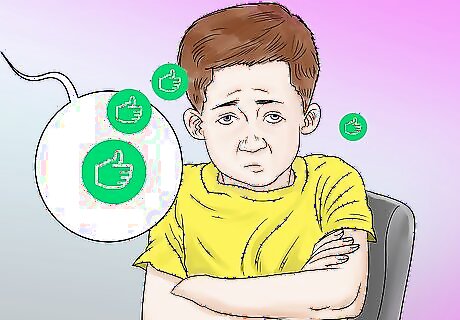
Decipher a student's folded arms. Children learn how to communicate from the adults around them, especially body language. Just like with adults or older kids, children that stand with their arms folded are comforting themselves. They may or may not know that they’re feeling apprehensive, or that folding their arms is a reassuring and comforting maneuver. Don’t force a child to uncross their arms or approach something that makes them apprehensive. Instead, tell them “Take your time. You’re safe and I’m here with you,” to encourage them to warm up to a person or object.
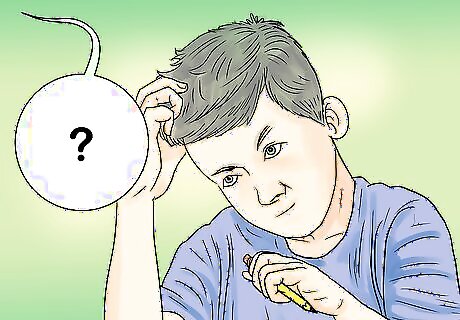
Figure out why a student might scratch their head. Children may scratch their heads because they itch, just like anyone does. When children in the classroom scratch or touch their heads it might also be their way of expressing confusion. If you see a child scratch or touch their head, pause and ask if they understand the lesson. “Bobby, can you please ask me a question about this? It would be very helpful if you did so that we can make sure that everyone understands what we’re talking about. Maria, I’d like you to think of another question about this lesson that we can answer after Bobby’s question.”
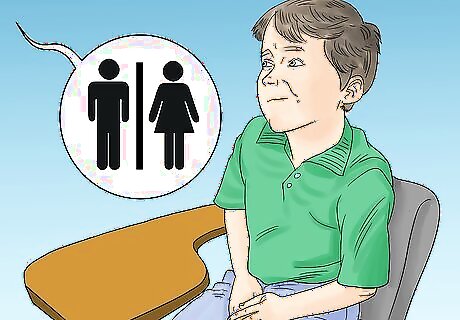
Notice a student holding their crotch. If you have a child student that grabs their crotch or sits on one leg and rocks back and forth in their chair, ask them if they’d like to use the restroom. They are likely aware that they have the urge to use the bathroom, but might not be comfortable asking to go. Other signs include pointing to the crotch, crouching, standing in a corner, or even squatting. “Ravi, I think that you’re telling me that you need to go potty. Great job communicating what you need! Let’s try and go now and then we can come back and join the class.”

















Comments
0 comment